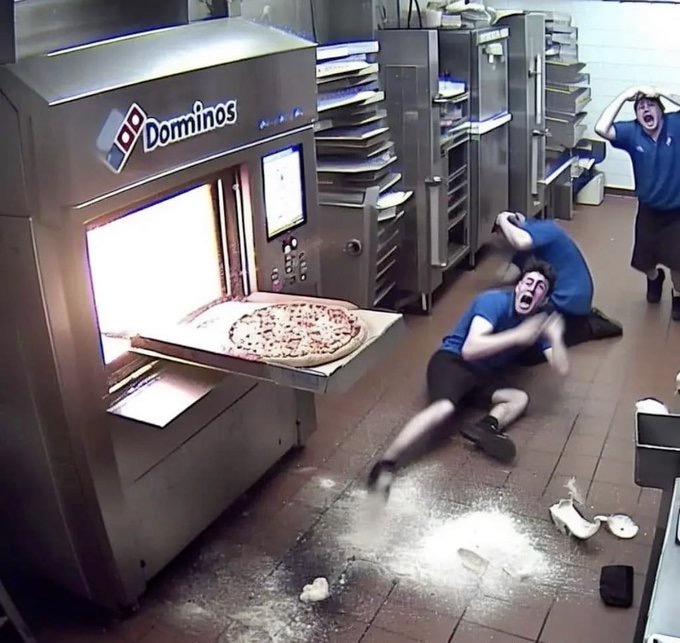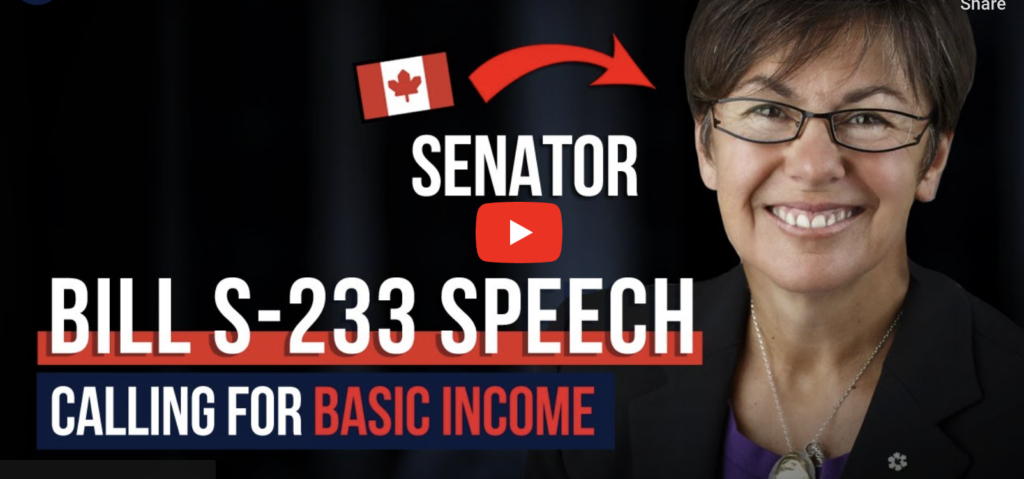EDITOR’S NOTE: I’m on an annual blogging vacation for the last two weeks of the year. To make sure you still have content, some of the smartest members of the community have stepped up with guest posts in my absence. Special thanks to today’s author, the consummate churner TeddyH, for writing this post while I’m on vacation. I’ll see you on January 1!
2024 is rapidly approaching, and while that may be disappointing news for some of you who have been getting fat from all the Q4 offers, for many of you it may mean some good news: a new Player may be turning 18.
Of course, it’s not all sunshine and rainbows: churning while new to credit is like trying to take public transit in Lubbock, TX (aptly called the Citibus!)
I moved to the U.S. when I was 12 with no other family members, so when I turned 18, I had to start my credit from scratch. When I first got my SSN, I was declined for even the most basic credit cards. But while I was trying to figure out what cards I could get approved for, I ended up discovering churning. With the right moves, even I was eligible for high sign-up bonus (SUB) offers from elite credit cards after just a couple of months of credit history.
In this post, I will try to break down a guide to churn while new to credit based on my personal datapoints (DPs) as an immigrant as well as my other players.
1. First Day: Preparations
While it is possible to get into this game without a Social Security number, your options will be VERY limited. If you cannot get an SSN, try for an ITIN, which can be obtained by gambling.
2. First Month: Your First Card
While many people believe that the Chase Freedom Rise or the Discover It are great first cards to begin with, I invite you to think bigger: the personal Amex charge cards. Here are some almost concerning DPs:
- P1 getting approved for an Amex Personal Gold with 2 months of credit history – no FICO score!
- P2 getting approved for an Amex Personal Platinum WITHOUT a Social Security Number – will talk more about this later
- P3 getting approved for an Amex Personal Gold on a 3-day-old SSN with nothing but an Amex AU
At this point, I don’t even think Amex bothers checking for a pulse when approving credit lines for their charge card products. Amex will, however, expect to see a valid credit report when they perform a hard pull, so your new player must have something on their credit file. An Authorized User card, especially an Amex AU, is a great solution without sacrificing their 5/24 slot.
If you are first-generation and don’t have someone who can add you as an AU, go for the Discover It rather than the Freedom Rise. My rationale as to why:
- 10% rotating categories up to $1,500 and a $100 SUB is better than even the most 7-ft-man-with-an-affiliate-link-inflated valuation of Ultimate Reward points
- Your oldest account remains safe even in the case of a Chase shutdown as your Discover is likely to have less than $500 in shenanigans per month
- You can request a credit line increase every single day, online, with no harm. This will help with later Chase apps as banks like to beat other banks’ credit lines.
If you start with a Discover, wait until your second statement cuts before trying Amex to ensure Discover posts to your credit report. Then move to step 3/4.
3. 3 Months In: Patience is Key
By now you’ve probably finished your Amex Gold SUB and your hands might be itchy for some more apps. But there is a crucial Amex velocity limit you should be aware of when you are new to credit: 1 card before 6 months of credit history.
AmEx will grant you one credit line before you have a FICO score, but won’t approve you for any more without proof of income until you actually receive a FICO score (6 months of history).
This 4506-C form to prove your income through your tax returns is a huge PITA and you probably don’t have good enough income to show them if you are new to credit (as you’ll need a tax return to show for it) so I would wait until you are 7 months in for your second AmEx.
4. 4-6 Months In: Stepping into Chase Territory
Many points-and-miles bloggers point out how conservative Chase is at approving cards to those with a thinner credit file. While this is true, there is one simple trick that the Chinese churning community found that breezes past the Chase applications. Before I tell you though, I need to wait for SideshowBob233 to walk into the rake I placed.
Okay, now that he is unconscious for a bit, let me quickly tell you the simple trick: open a Chase deposit account and deposit $10,000 to $30,000 into it. It only takes 2-3 business days for the credit card side of their systems to catch on to the fact that you have a large deposit account, which in turn allows you to breeze through the application process. DPs are showing that your initial credit line on the Freedom products will usually be under $3k, so I wouldn’t try for a Sapphire here. I personally put $30k in an account and got a $3k line for the Chase Freedom Unlimited with 5 months of credit history (still without FICO!). If I were to do it all over again I would have waited a month and jumped to the Chase Sapphire Preferred, as 6 months of history will give you a FICO score.
You can withdraw the funds immediately after card approval, and close the account shortly after, or within 12 months if you also hit the bank bonus with it. Whatever you do, listen to Sideshow and don’t pull shenanigans while you have a deposit account with them. I have just been maxing out my credit line at CVS without cycling, and then paying it down quickly.
5. 8-9 Months: “I’m not a businessman, I’m a business, man”
By now you should have a FICO score and be past the Amex pre-FICO velocity limit. From here you can start applying for AmEx business cards. If they ask for income verification or deny you, don’t worry, just apply again next week. While you may think that this non-stop application and denial may seem concerning to AmEx, people who cancel applications because of Pop Up Jail do the same thing so they are used to this. Eventually, you will see an approval, either instant or through a simple identity verification. In my case, they wanted my social security card and they approved me even though my card said “valid with work authorization only,” in typical Amex fashion.
Tip: If you are having trouble getting approved for the business cards, try applying for the Biz Checking (and get the SUB!). That helps the Amex Biz applications sail through as well.
After approval, you can immediately get started on the employee offers. You’ll need those to keep you occupied since you’ll still be quite limited on card approvals until you are 12+ months in.
12 Months+: Fourteen Million, Six Hundred and Five Possibilities
Okay, maybe Dr. Strange was exaggerating when he said that, especially if you’re planning to stay under 5/24. If you still kept your Chase account, there are DPs of Chase Sapphire Reserve approvals with a 12-month history, as well as various data points for INKs and cards from other issuers as well. If you are curious about your chances, check out the myFICO forums for various approval DPs and even better, the US Credit Card Forum in Chinese, as many there start with a fresh credit file. I like to Google Search the card name along with “uscardforum” and translate the results. Know that at the end of the day, you can just eat the hard pull and your confidence will pay off with a thick and stable credit file in years to come.
So there you have it. A one-year, five-step guide for a new player to the game. Good luck!
– TeddyH
I guess Kanye and Jay-Z also have to call the reconsideration line sometimes to explain their Sole-proprietorship.









